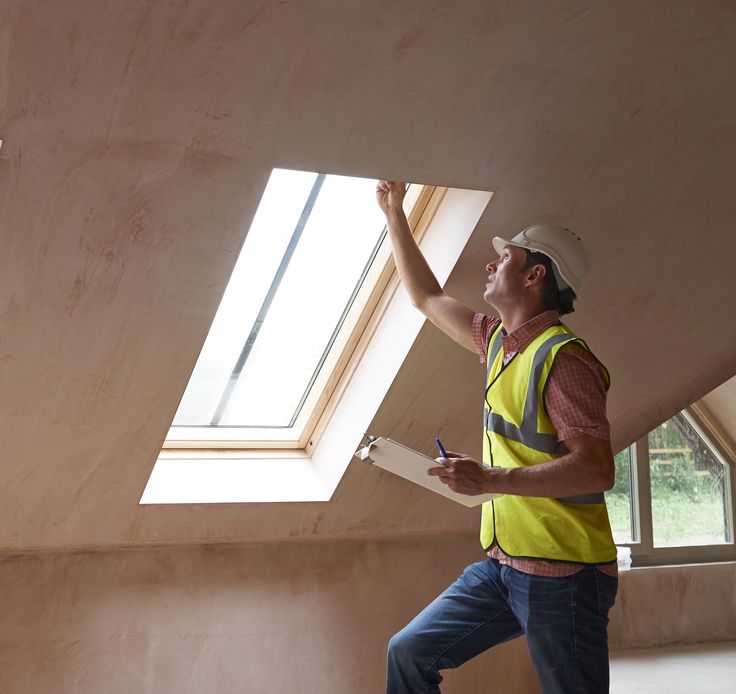- Siding: Look for dents or buckling
- Foundations: Look for cracks or water seepage
- Exterior Brick: Look for cracked bricks or mortar pulling away from bricks
- Insulation: Look for condition, adequate rating for climate
- Doors and Windows: Look for loose or tight fits, the condition of locks, condition of
weatherstripping - Roof: Look for age, conditions of flashing, pooling water, buckled shingles, or loose
gutters and downspouts - Ceilings, walls, and moldings: Look for loose pieces and drywall that is pulling away
- Porch/Deck: Loose railings or step, rot
- Electrical: Look for the condition of fuse box/circuit breakers, the number of outlets in each
room - Plumbing: Look for poor water pressure, banging pipes, rust spots, or corrosion that
indicate leaks, sufficient insulation - Water Heater: Look for age, size adequate for the house, speed of recovery, energy rating
- Furnace/Air Conditioning: Look for age, and energy rating; Furnaces are rated by annual fuel
utilization efficiency; the higher the rating, the lower your fuel costs. However, other
factors such as payback period and other operating costs, such as electricity to operate
motors. - Garage: Look for exterior in good repair; condition of floor—cracks, stains, etc.;
condition of the door mechanism - Basement: Look for water leakage, a musty smell
- Attic: Look for adequate ventilation, water leaks from roof
- Septic Tanks (if applicable): Adequate absorption field capacity for the percolation rate in
your area and the size of your family - Driveways/Sidewalks: Look for cracks, heaving pavement, crumbling near edges, stains
Share this post
- Buyers
Explore More
Stay up to date on everything Atlanta (and beyond)!
Sign up for our mailing list to receive the latest updates, tips, and market analyses.






